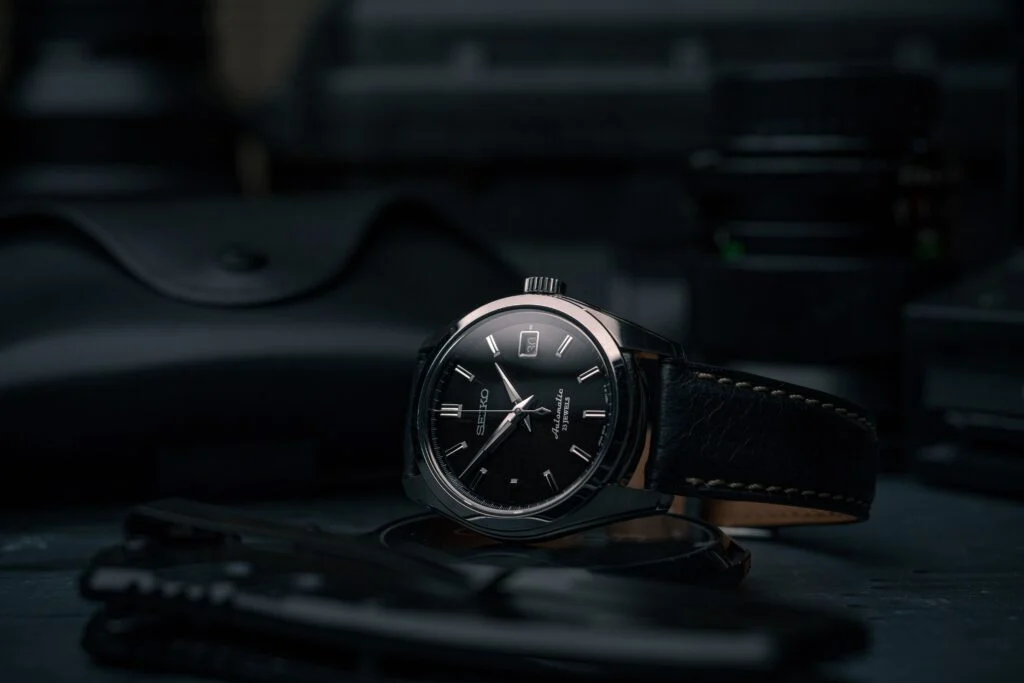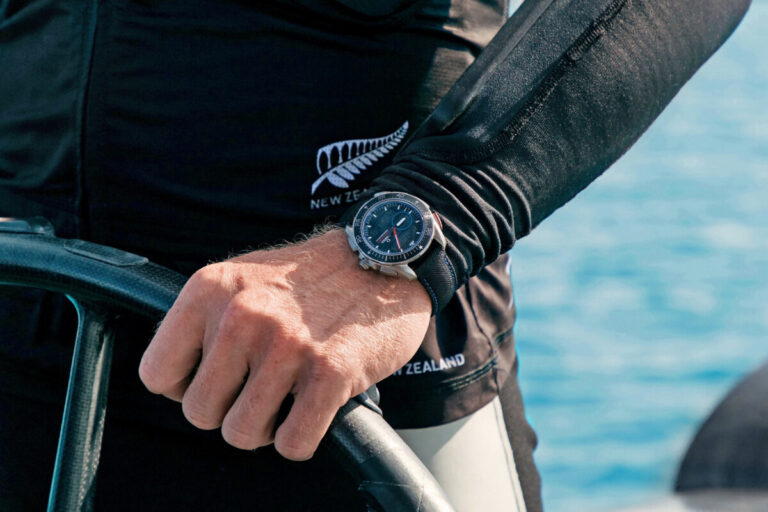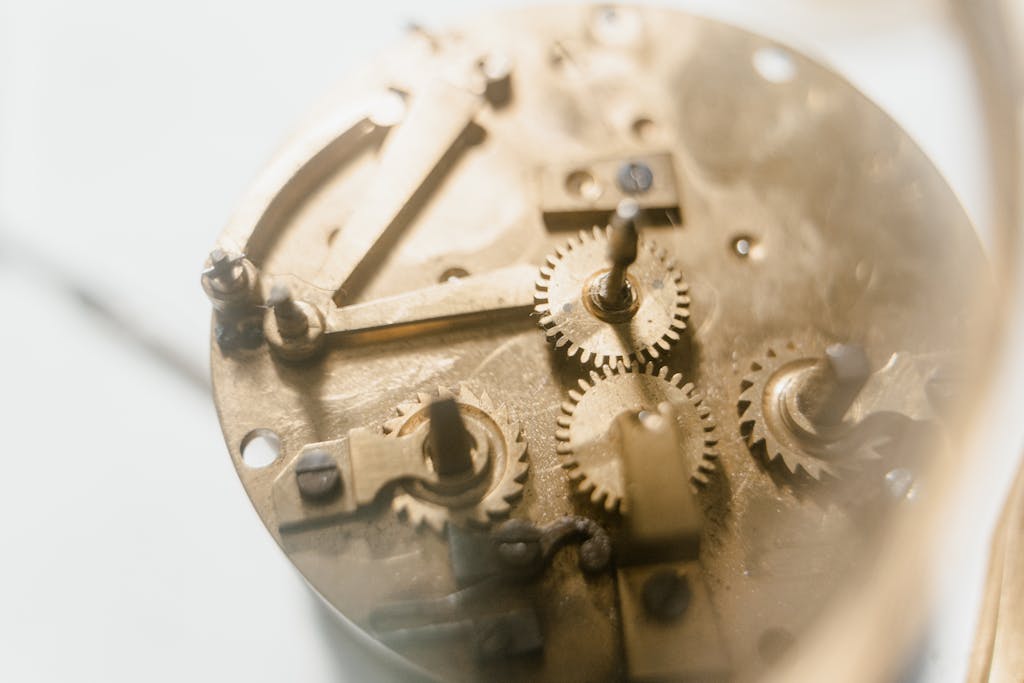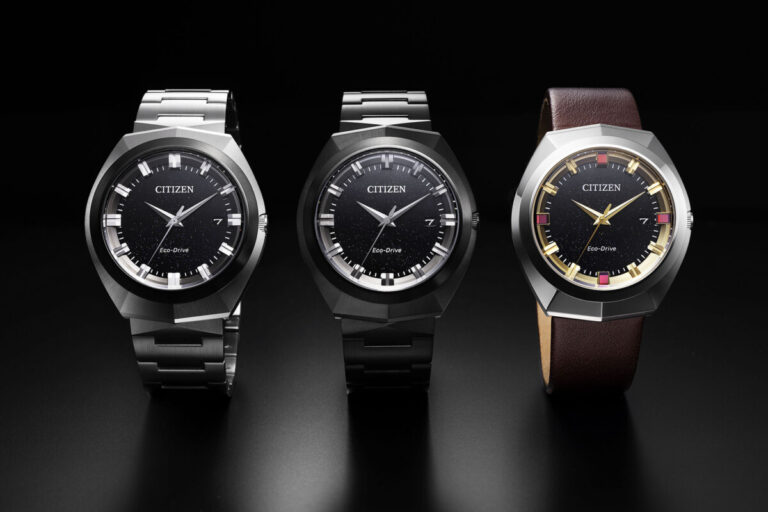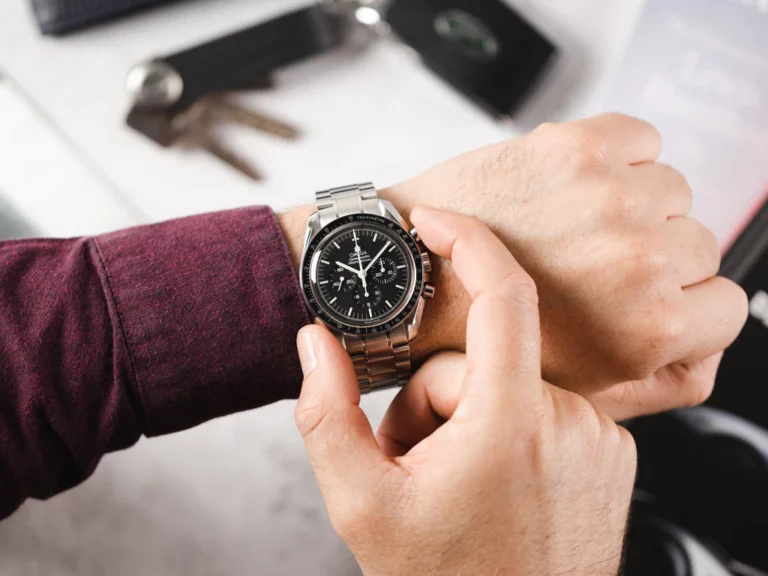As a watch enthusiast, I’m always on the lookout for timepieces that combine superior craftsmanship with innovative materials. One material that has truly revolutionized the watch industry is the sapphire crystal. Sapphire crystals have become the gold standard for watch face protection, renowned for their exceptional hardness, scratch-resistance, and durability.
In this comprehensive guide, I’ll dive deep into the world of sapphire crystals, exploring their unique properties, advantages, and applications in the watchmaking industry. Get ready to uncover the secrets behind this remarkable material and understand why it has become an essential component of high-end timepieces.
Advantages of Sapphire Crystal on Watches
1. Unparalleled Hardness and Scratch-Resistance
One of the most significant advantages of sapphire crystals is their unparalleled hardness. Sapphire is a ceramic material made from powdered aluminum oxide heated and placed under intense pressure. This process results in a material that scores a remarkable 9 on the Mohs hardness scale, second only to diamond at 10.
Essentially scratch-resistant, a sapphire crystal would require a diamond to cause any visible scratches on its surface. This exceptional hardness makes sapphire crystals virtually impervious to everyday wear and tear, ensuring that your watch face remains pristine and legible for years to come.
2. Cool and Comfortable to the Touch
Another noteworthy benefit of sapphire crystals is their cool temperature when worn on the wrist. Unlike other materials that can feel warm or even hot against the skin, sapphire crystals remain comfortably cool to the touch, enhancing the overall wearing experience.
3. The Premium Choice for Watch Protection
In the world of luxury watchmaking, sapphire crystals are considered the most premium option for protecting watch faces from scratches and impacts. This material’s unparalleled hardness and durability have made it the go-to choice for high-end brands seeking to offer their customers the ultimate in watch protection.
Sapphire crystals provide incredible scratch-resistance compared to mineral or acrylic crystals, ensuring that your timepiece maintains its pristine appearance for decades.
Disadvantages of Sapphire Crystal
While sapphire crystals offer numerous advantages, it’s important to acknowledge their potential drawbacks as well.
1. Higher Cost
One of the primary disadvantages of sapphire crystals is their higher cost compared to mineral or acrylic alternatives. The manufacturing process and inherent rarity of sapphire contribute to its premium pricing.
2. Sapphire Coating vs. Full Sapphire Crystal
It’s worth noting that some lower-cost brands may use a sapphire coating over a mineral crystal instead of a full sapphire crystal. While this approach provides some scratch resistance, it does not offer the same level of protection as a solid sapphire crystal.
3. Potential for Shattering (Although Rare)
While sapphire crystals are incredibly durable, they are not perfectly shatter-proof. Under extreme impacts or harsh conditions, there is a slight risk of shattering. However, this is relatively rare and should not be a major concern for most watch enthusiasts.
4. Reduced Clarity and Reflections
One of the trade-offs of sapphire crystals is that they are not naturally very clear due to their strong light refraction, which can cause reflections. To address this issue, an anti-reflective (AR) coating is typically applied, often on both sides of the crystal, to improve clarity and readability.
Brands That Use Sapphire Glass
As the demand for superior watch protection and durability has grown, an increasing number of brands have embraced sapphire crystals as the material of choice for their timepieces.
- High-End Swiss Brands Lead the Way
Many of the world’s most prestigious high-end Swiss brands, such as Rolex, Patek Philippe, and Audemars Piguet, have adopted sapphire crystals as the standard for their modern watch collections. These brands recognize the importance of offering their customers the ultimate in scratch resistance and protection for their premium timepieces.
- Rolex and the Sapphire Revolution
Rolex became one of the first brands to popularize the use of sapphire crystals when they introduced it on their 1970 Reference 5100 model. This move set a new standard in the industry, and other luxury brands quickly followed suit, recognizing the advantages of this innovative material.
- Specialized Sapphire Variations
Some brands have even taken the use of sapphire crystals a step further by incorporating specialized variations. For instance, Rolex uses a special green-tinted sapphire crystal for their Milgauss line, designed to withstand magnetic fields and offer additional protection for specific watch functions.
- The Rarity and Desirability of Natural Sapphire
It’s important to note that pure, untreated sapphire gems are quite rare in nature, making them highly desirable in the world of jewelry and gemstones. While the sapphire crystals used in watchmaking are synthetically produced, their connection to this rare and precious gemstone adds an aura of luxury and exclusivity to timepieces featuring this material.
FAQs About Sapphire Crystals
To further clarify the significance and characteristics of sapphire crystals, let’s address some frequently asked questions:
How can I tell if my watch has a sapphire crystal?
There are a few telltale signs that your watch features a sapphire crystal. First, sapphire crystals are cool to the touch, unlike other materials that may feel warm against your skin. Additionally, when water droplets form on the crystal’s surface, they tend to bead up into spherical drops, rather than spreading out like they would on other materials.
What are the main advantages of a sapphire crystal?
The primary advantage of sapphire crystals is their hardness, scoring a 9 on the Mohs scale, which provides excellent scratch resistance. This hardness ensures that your watch dial remains legible and beautiful for decades, protecting it from the wear and tear of daily use.
What is the purpose of a sapphire crystal on a watch?
The primary purpose of a sapphire crystal on a watch is to protect the dial and ensure optimal legibility. By shielding the watch face from scratches, impacts, and other potential damage, sapphire crystals help preserve the integrity and aesthetic appeal of your timepiece for years to come.
Conclusion: The Sapphire Standard
As we’ve explored throughout this guide, sapphire crystals have emerged as the industry standard for premium watch protection, offering unparalleled hardness, scratch-resistance, and durability. While they do come with a higher price tag and potential clarity issues, the advantages of sapphire crystals far outweigh their drawbacks for those seeking the ultimate in watch performance and longevity.
The only real downside to sapphire crystals is their reduced transparency and potential for reflections compared to other crystal materials. However, this issue is often addressed through the application of anti-reflective (AR) coatings, which improve clarity and readability while maintaining the exceptional scratch-resistance of the sapphire crystal.
In the end, sapphire crystals have become the standard for premium timepieces due to their superior strength, scratch-resistance, and attractive appearance. While vintage watch enthusiasts may prefer to keep their timepieces in their original condition, those seeking to upgrade a sentimental piece or invest in a modern luxury watch will undoubtedly benefit from the protection and peace of mind offered by sapphire crystals.
With their unmatched durability and timeless appeal, sapphire crystals have solidified their place as the optimal choice for protecting modern premium watches. As the watch industry continues to evolve, it’s clear that sapphire crystals will remain a cornerstone of high-end watchmaking, ensuring that our most cherished timepieces remain as beautiful and functional as the day they were crafted.

